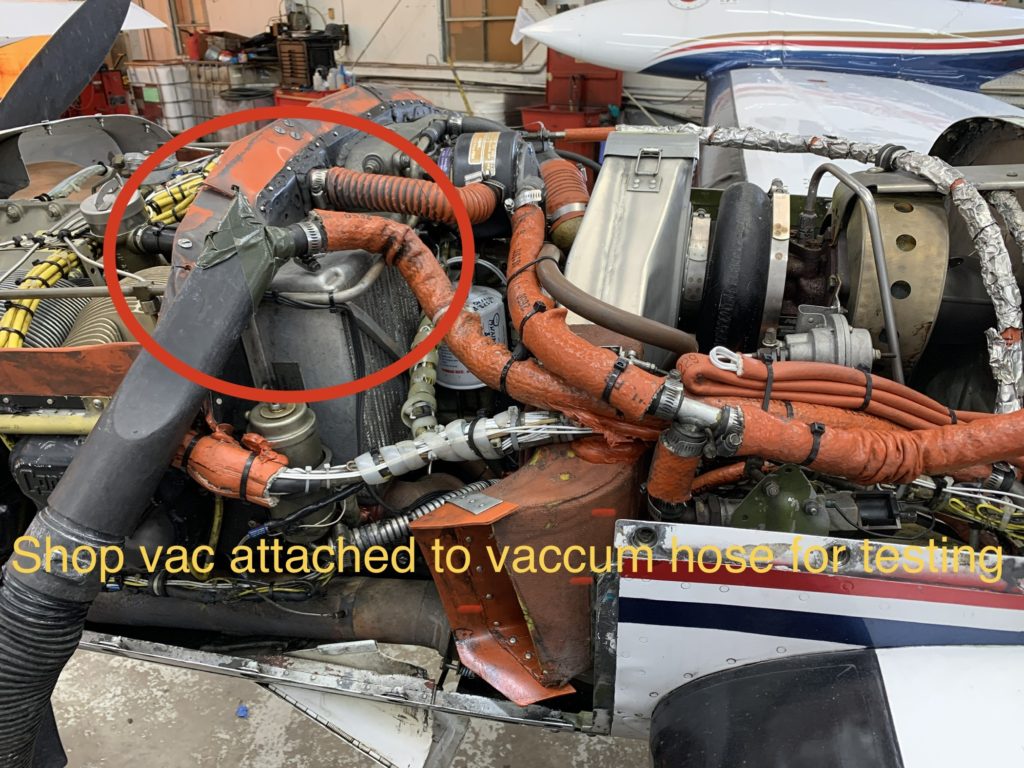Podcast: Play in new window | Download

Although a shop vac might not pull as much vacuum as an engine driven vacuum pump, it can still be useful for some parts of the troubleshooting process. This was just one thing we did on the path to solving a very strange vacuum problem. Listen to the story in today’s podcast episode.
Our sponsor for this episode is PilotWorkshops.com
Regardless of where you are in your aviation journey, PilotWorkshops has the perfect resources to help you become a safer and more proficient pilot.
Subscribe to the Tip of the Week, and every Wednesday you’ll receive a fun pilot tip that includes a question, a short 2 minute or less expert answer, and a quiz to ask what you would do in that scenario. Check it out… it’s one of the emails I look forward to!
And finally, be sure to check out the newly released book, “Airplane Engines: A Pilot-Friendly Manual.” It’s packed full of useful information that’s easy to understand. For example, you can learn about doing an in-flight ignition check, or even an in-flight induction leak check, and so much more. Click here for more information.
Now for today’s episode… we’re featuring two squawks on a twin Cessna.
Squawk #1: The left fuel gauge was completely inoperative, both for the main tank and the aux tank.

In this episode, we talk about the troubleshooting process that led to changing the fuel quantity indicator. The gauge from eBay worked great, and the system was back to normal.

Squawk #2: The vacuum system had a weird problem… the vacuum gauge showed that both vacuum pumps were functioning, but the vacuum was very low (approx. 1 inch of Hg instead of 5 inches.) Apparently it doesn’t take much vacuum to pull the inop indicator in (the little red button for the left and right vacuum pumps in the vacuum gauge.) This squawk was challenging! Actually, the solution turned out to be simple, but the discovery process was not so simple.
We checked an extensive list of components, both in the vacuum system and in the surface deice system, since the two are inter-related, and the squawk had two parts: the vacuum indication was very low, and the wing deice boots were not being pulled firmly against the surface of the wing (which requires good vacuum.)
Here’s the deice valve in the right engine compartment, one of the components we tested in this process.

Thankfully, we did not end up ordering any high-priced components in this scenario, because the solution turned out to be very simple… we removed an elbow between two vacuum hoses, and installed plugs in them instead. Listen to the audio for the details.
Reminder: the video training course for “Servicing Landing Gear Shock Struts” will be coming soon… be watching for more details.
The post, “156 – The Weirdest Vacuum System Problem I’ve Ever Seen” appeared first at AirplaneOwnerMaintenance.com


Recent Comments